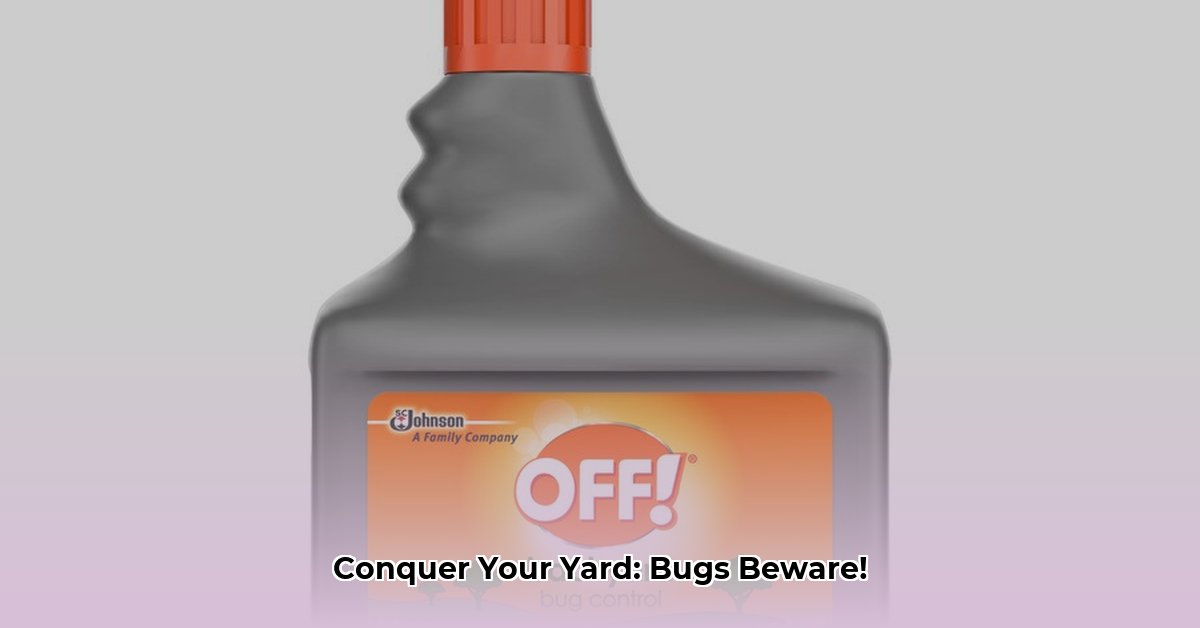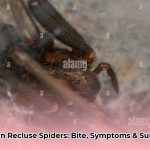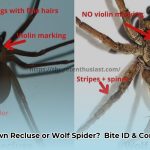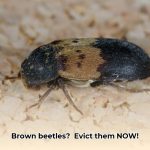Got a bug problem turning your lush lawn into a sad sight? This guide is your battle plan for reclaiming your outdoor oasis. Whether it’s ravenous grubs, intrusive ants, or swarms of mosquitoes, we’ll equip you with the knowledge and tools to identify, combat, and prevent yard pests. From understanding the enemy to choosing the right weapons (chemical or natural), we’ll cover it all. Let’s get your yard back to its prime!
Identifying Your Yard’s Tiny Terrors
Before launching a counter-offensive, it’s crucial to know your enemy. Just like a doctor diagnoses before prescribing, identifying the specific pests wreaking havoc in your yard is paramount.
Pest Identification: Know Your Foe
Different pests leave different calling cards. Grubs, those subterranean munchers, cause brown patches by feeding on grass roots. Aphids, tiny but destructive, suck plant juices, leaving behind yellowed, weakened foliage. Ants disrupt the soil structure with their mounds and tunnels, impacting plant growth. Online image searches, local garden centers, and university extension services offer valuable resources for accurate pest identification.
Diagnosing Lawn Damage: Deciphering the Clues
Brown patches, wilting plants, chewed leaves – these are the telltale signs of a pest infestation. Learning to decipher these clues can help you catch problems early and prevent widespread damage. Check your plants regularly, looking for unusual patterns or damage. Resources like university extension websites often have detailed guides and images to help you match the damage to the likely culprit.
Choosing the Right Weapon: Pest Control Solutions
Once you’ve identified your foe, it’s time to select the right ammunition. From powerful chemical interventions to gentler natural remedies, the options can seem overwhelming. This guide breaks down the choices to help you make the most informed decision.
Chemical Control: Swift but Requires Caution
Chemical insecticides offer rapid results, but it’s important to wield them wisely. They can have unintended consequences for the environment and beneficial insects. Always follow label instructions precisely.
| Product Example | Active Ingredient | Target Pests | Pros | Cons | Where to Buy |
|---|---|---|---|---|---|
| Spectracide Triazicide | Various | Wide range of insects | Fast-acting, broad spectrum control | May harm beneficial insects, requires careful handling | Home improvement stores |
| Ortho Bug B Gon Max | Bifenthrin | Various insects | Effective control, may last a long time | Potential toxicity to aquatic life, requires careful application | Home improvement stores |
| Bayer Advanced 24 Hour Grub Killer Plus | Imidacloprid | Grubs and other soil-dwelling insects | Long-lasting control, prevents future grub issues | Toxic to bees, requires specific application and watering, potential for groundwater contamination | Home improvement stores |
| Dylox | Trichlorfon | Grubs, certain caterpillars, and other lawn pests | Fast-acting, effective for surface-dwelling pests | Can be toxic to beneficial insects, requires careful application | Garden centers, online |
| Taurus SC | Fipronil | Termites, ants, roaches | Colony control through food contamination | Slow-acting, professional application often recommended | Pest control suppliers |
Ongoing research constantly evaluates the long-term effects of these chemicals. Staying informed about potential risks and best practices is crucial.
Natural Solutions: The Gentler Approach
For a more eco-conscious approach, nature offers a variety of effective pest control solutions.
- Neem Oil: Disrupts insect growth and reproduction, acting as a natural deterrent.
- Insecticidal Soap: Effective against soft-bodied insects like aphids and mites.
- Diatomaceous Earth: Damages insect exoskeletons, leading to dehydration.
- Beneficial Nematodes: Microscopic worms that prey on soil-dwelling pests like grubs.
- Homemade Sprays: Solutions like garlic spray and soapy water can offer some level of control.
While natural solutions may require more frequent applications, they provide peace of mind and minimize environmental impact. Ongoing research continually explores new and refined natural pest control methods.
Integrated Pest Management (IPM): The Proactive Strategy
IPM isn’t a quick fix; it’s a long-term strategy that makes your yard less hospitable to pests. It involves a combination of techniques:
- Healthy Lawn Care: Proper watering, fertilizing, and mowing create a resilient lawn.
- Beneficial Insects: Encourage natural predators like ladybugs and lacewings.
- Targeted Treatments: Use pesticides only when necessary and opt for the least toxic options.
- Habitat Modification: Eliminate standing water, keep vegetation trimmed, and remove debris.
Application and Safety: Protecting Yourself and the Environment
No matter which pest control method you choose, responsible application is essential.
Safe Handling Practices
- Read the Label: Follow all instructions precisely, including application rates and safety precautions.
- Protective Gear: Wear gloves, long sleeves, long pants, and eye protection, especially when using chemical products. A mask may also be necessary for certain applications.
- Timing: Apply pesticides in the early morning or late evening when beneficial insects are less active.
- Targeted Application: Treat only the affected areas to minimize environmental impact.
- Storage and Disposal: Store pesticides safely away from children and pets. Dispose of empty containers according to local regulations.
Protecting Children and Pets
Keep children and pets indoors during and after pesticide application. Ensure the treated area is thoroughly dry before allowing them back outside. If you have any concerns, consult with a pediatrician or veterinarian.
Troubleshooting and Prevention: Staying One Step Ahead
Pest control is an ongoing process. Regular monitoring and preventative measures are crucial.
Addressing Recurring Infestations
- Pesticide Resistance: Rotate products with different active ingredients to prevent resistance.
- Underlying Issues: Address potential causes like poor drainage or inadequate fertilization.
- Professional Help: For persistent problems, consult a qualified pest control professional.
Preventative Measures
- Healthy Lawn Care: A vibrant lawn is naturally more resistant to pests.
- Proper Watering: Avoid overwatering, which can attract certain pests.
- Debris Removal: Eliminate hiding places and breeding grounds for insects.
- Regular Monitoring: Inspect your lawn and plants regularly for signs of infestation.
By following these guidelines and staying informed about the latest research and recommendations, you can effectively manage yard pests and create a healthy, thriving outdoor space.
- Burning Plastic Smell in House: Causes, Solutions, and Safety Measures - April 8, 2025
- Best Bug Killer for Yard: Effective Pest Control Guide (2024) - April 8, 2025
- Brown Recluse Spider Bites: Identification, Treatment, and Prevention - April 8, 2025










